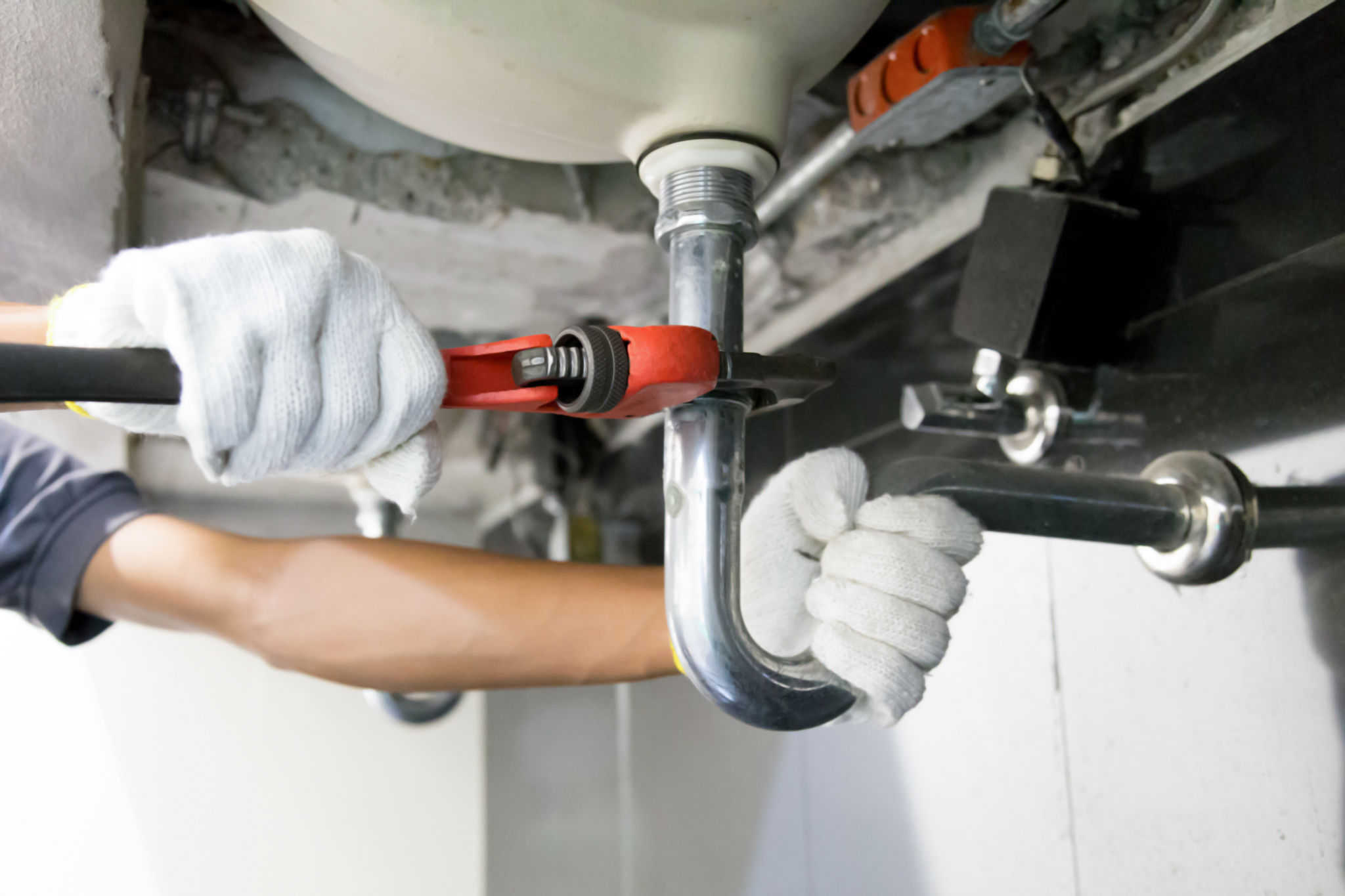DIY Home Inspection: What You Can Do Before Hiring a Professional
Understanding the Importance of Home Inspection
Before you finalize the purchase of a home, conducting a thorough inspection is crucial. While hiring a professional inspector is advisable, there are several steps you can take on your own to identify potential issues and gain a better understanding of the property's condition. A DIY home inspection can save you time and money, and help you make informed decisions.
Having a checklist of areas to inspect will keep you organized and ensure that you don't overlook any critical components. This proactive approach helps you to identify any red flags early and address them before contacting a professional.

Exterior Inspection Checklist
The exterior of your home often provides the first signs of underlying issues. Begin your inspection by walking around the property to check for visible damage or wear and tear. Pay close attention to the following elements:
- Roof: Look for missing, damaged, or curling shingles. This could indicate the need for repairs or replacement.
- Foundation: Examine the foundation for any cracks or shifts. These could signal structural problems.
- Siding: Check for rot, decay, or damage to the siding material.
- Drainage: Ensure gutters and downspouts are in good condition and direct water away from the foundation.
Interior Inspection Tips
Once you've inspected the exterior, move indoors to continue your DIY inspection. The interior can reveal hidden issues that may not be immediately apparent from the outside. Here are some key areas to focus on:
- Walls and Ceilings: Look for cracks, water stains, or discoloration that could indicate moisture problems.
- Floors: Check for uneven floors or gaps between flooring materials, which could suggest structural issues.
- Windows and Doors: Test for smooth operation and inspect for drafts or signs of water intrusion.

Inspecting Electrical and Plumbing Systems
The electrical and plumbing systems are essential components of any home. While a professional evaluation is necessary for a comprehensive assessment, here are some basic checks you can perform:
- Electrical: Test all light switches and outlets. Look for any flickering lights or non-functioning outlets.
- Plumbing: Check under sinks for leaks, inspect faucets for water pressure, and flush toilets to ensure proper function.
If you notice any significant issues or concerns during your DIY inspection, it's advisable to bring in a professional to conduct a more detailed analysis.

The Benefits of a Professional Inspection
While a DIY inspection is an excellent starting point, hiring a professional inspector offers several advantages. They possess specialized tools and expertise that enable them to detect hidden problems that may not be visible to the untrained eye. Additionally, their detailed reports provide valuable insights that can be leveraged during negotiations.
A professional inspection can also give you peace of mind by ensuring that no stone is left unturned. This is particularly important when making such a significant investment as purchasing a home.
Final Thoughts
Conducting a DIY home inspection is a wise step in the home buying process. It empowers you with knowledge about the property’s condition and helps you prepare for any needed repairs or maintenance. However, it's always recommended to follow up with a professional inspection to ensure a comprehensive evaluation. By combining your efforts with expert insights, you can confidently make one of the most important decisions in your life—buying a home.